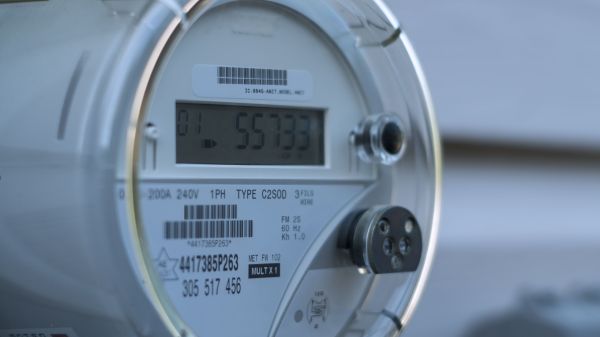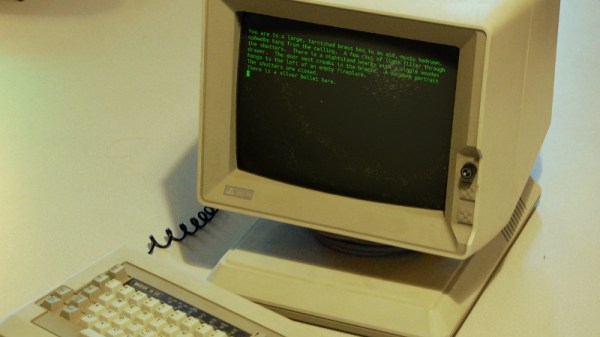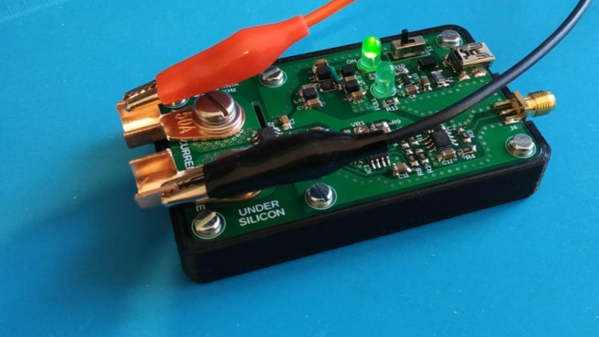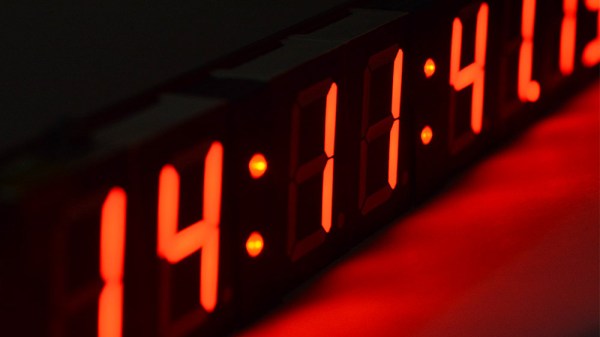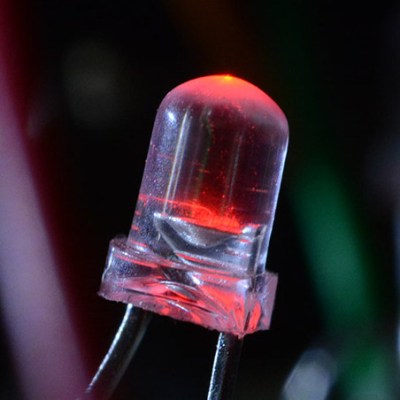Join us on Wednesday, April 14 at noon Pacific for the Inside Smart Meters Hack Chat with [Hash]!
That electrical meter on the side of your house might not look like it, but it’s pretty packed with technology. What was once a simple electromechanical device that a human would have to read in person is now a node on a far-flung network. Not only does your meter total up the amount of electricity you use, but it also talks to other meters in the neighborhood, sending data skipping across town to routers that you might never have noticed as it makes its way back to the utility. And the smartest of smart meters not only know how much electricity you’re using, but they can also tease information about which appliances are being used simply by monitoring patterns of usage.
While all this sounds great for utility companies, what does it mean for the customers? What are the implications of having a network of smart meters all talking to each other wirelessly? Are these devices vulnerable to attack? Have they been engineered to be as difficult to exploit as something should be when it’s designed to be in service for 15 years or more?
 These questions and more burn within [Hash], a hardware hacker and security researcher who runs the RECESSIM reverse-engineering wiki. He’s been inside a smart meter or two and has shared a lot of what he has learned on the wiki and with some in-depth YouTube videos. He’ll stop by the Hack Chat to discuss what he’s learned about the internals of smart meters, how they work, and where they may be vulnerable to attack.
These questions and more burn within [Hash], a hardware hacker and security researcher who runs the RECESSIM reverse-engineering wiki. He’s been inside a smart meter or two and has shared a lot of what he has learned on the wiki and with some in-depth YouTube videos. He’ll stop by the Hack Chat to discuss what he’s learned about the internals of smart meters, how they work, and where they may be vulnerable to attack.
 Our Hack Chats are live community events in the Hackaday.io Hack Chat group messaging. This week we’ll be sitting down on Wednesday, April 14 at 12:00 PM Pacific time. If time zones have you tied up, we have a handy time zone converter.
Our Hack Chats are live community events in the Hackaday.io Hack Chat group messaging. This week we’ll be sitting down on Wednesday, April 14 at 12:00 PM Pacific time. If time zones have you tied up, we have a handy time zone converter.
Click that speech bubble to the right, and you’ll be taken directly to the Hack Chat group on Hackaday.io. You don’t have to wait until Wednesday; join whenever you want and you can see what the community is talking about.
Continue reading “Inside Smart Meters Hack Chat”

